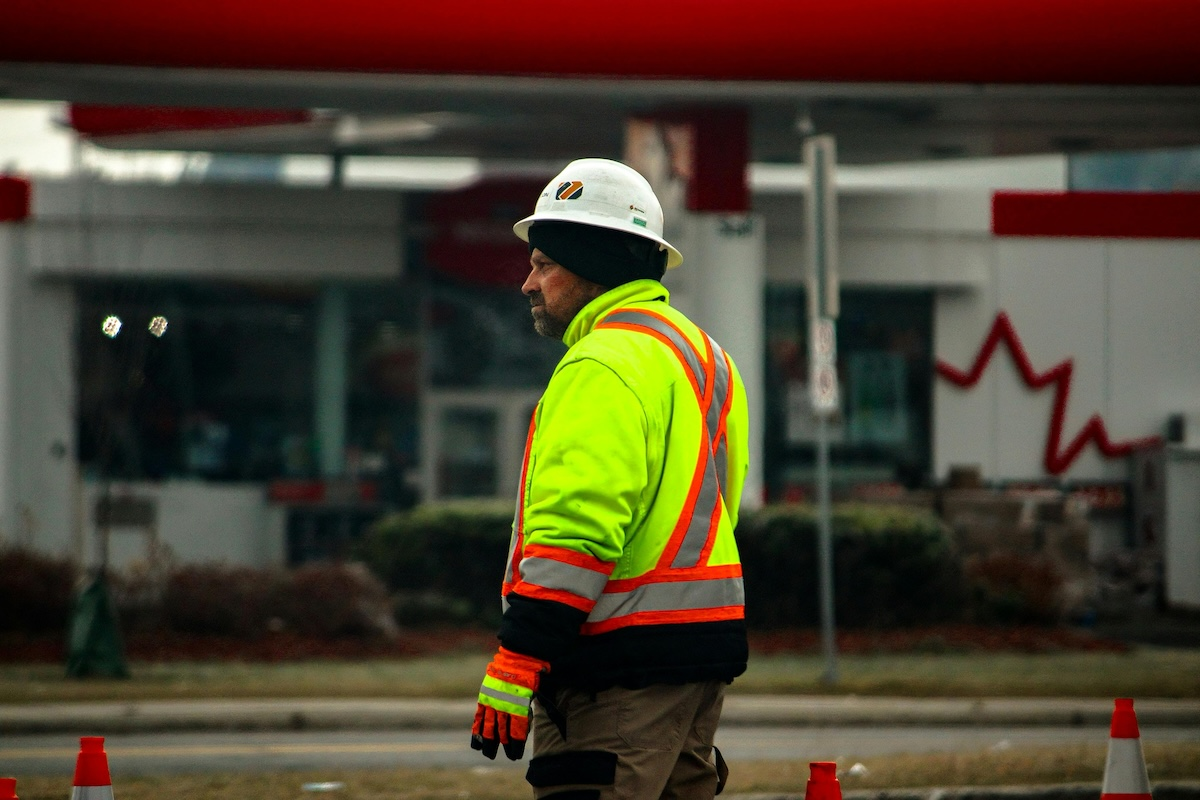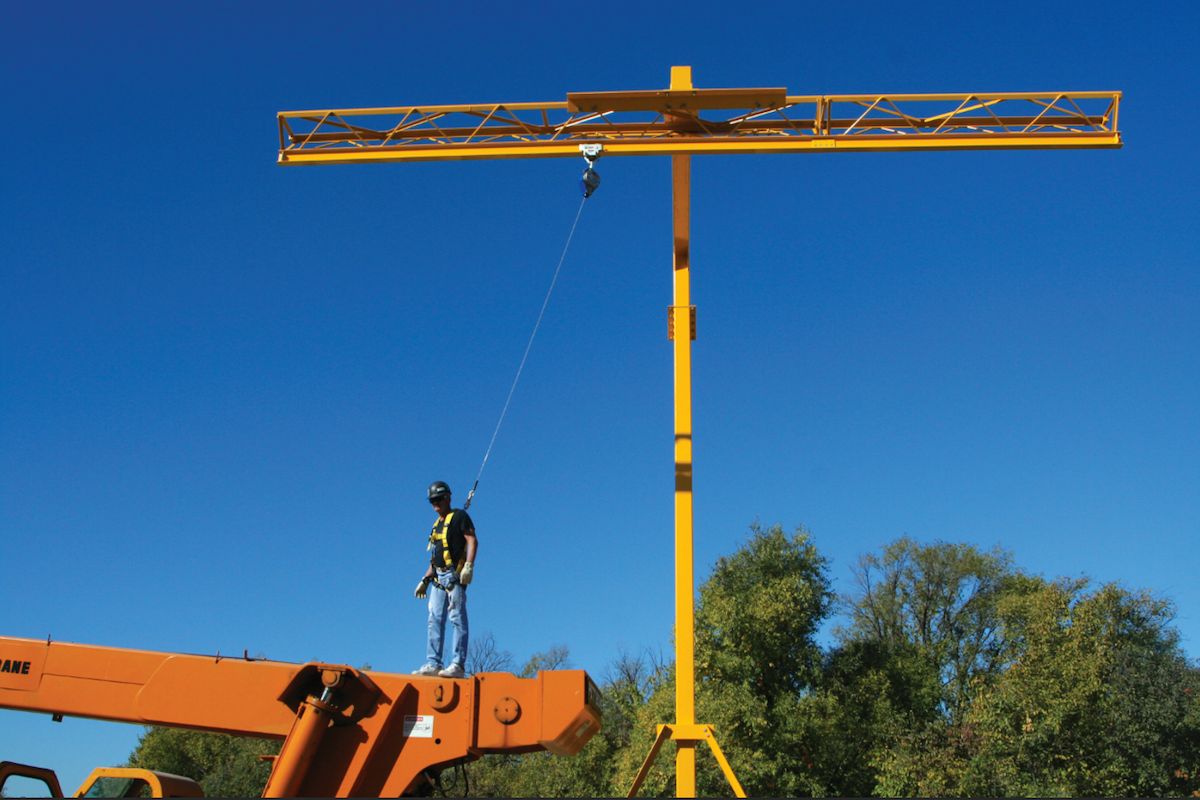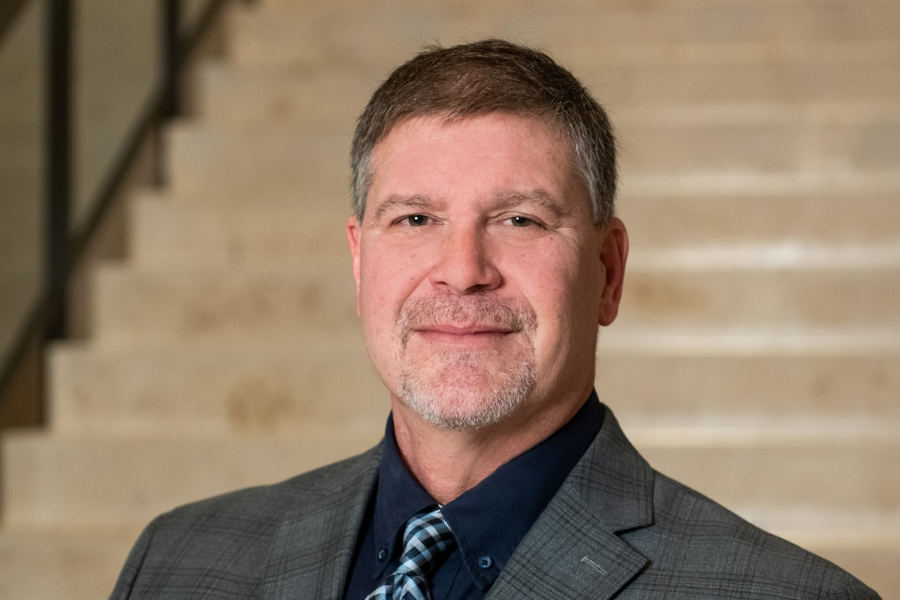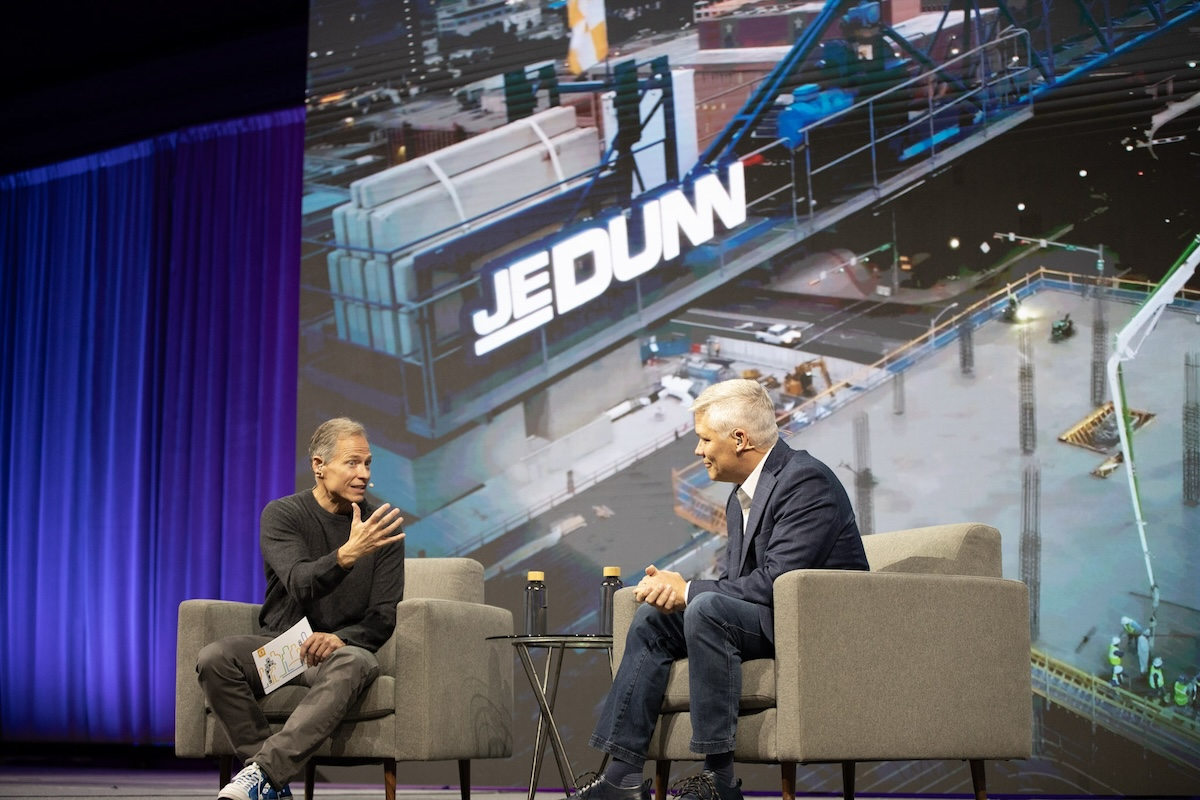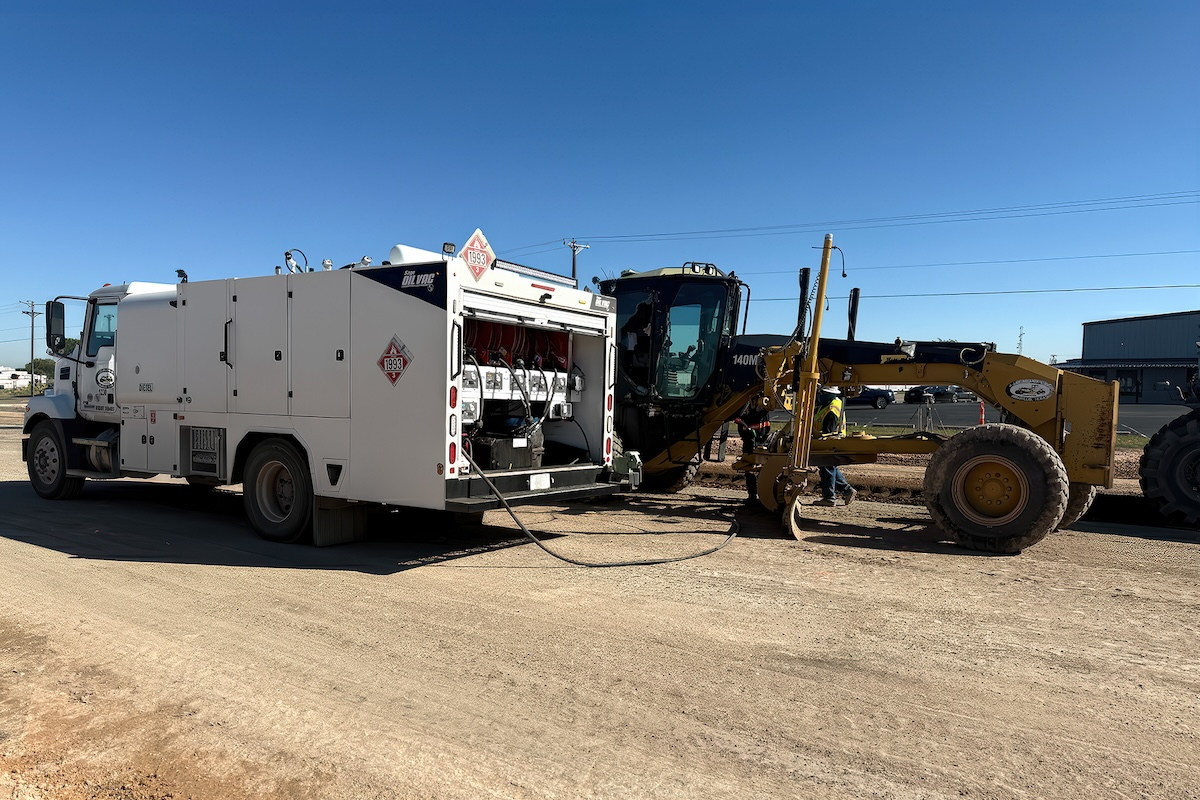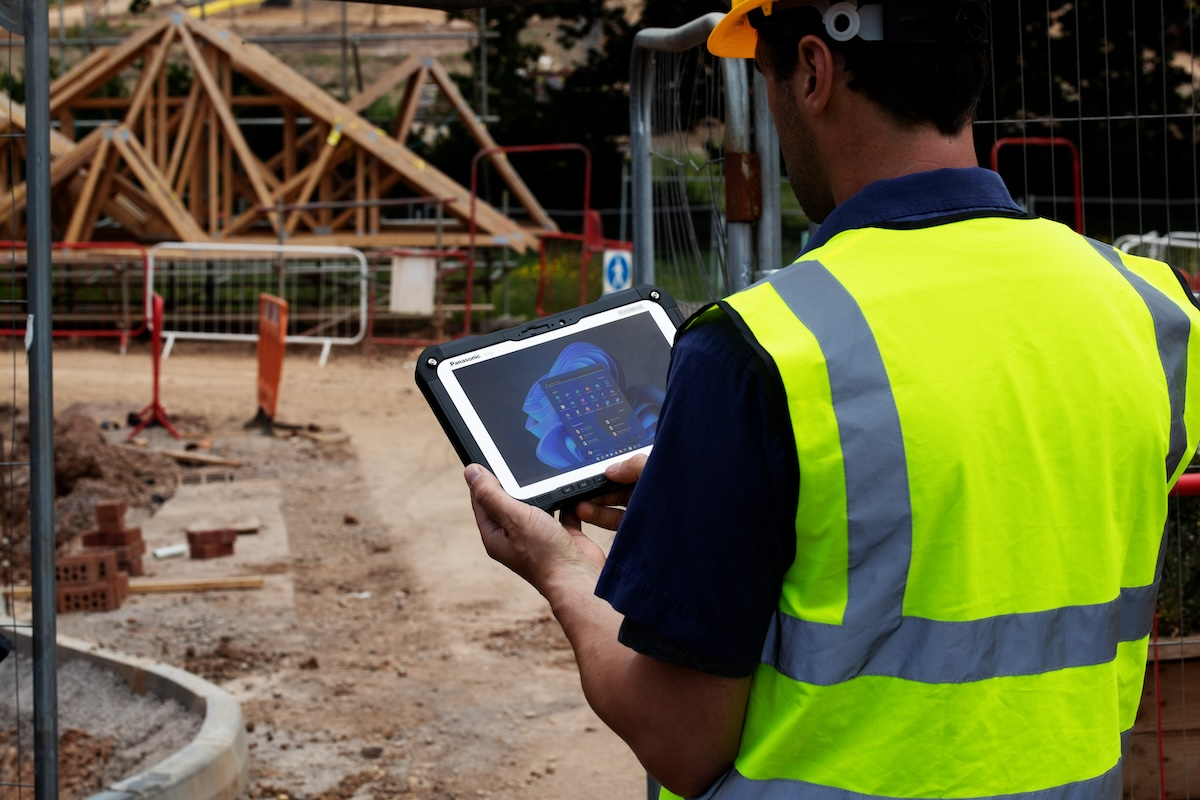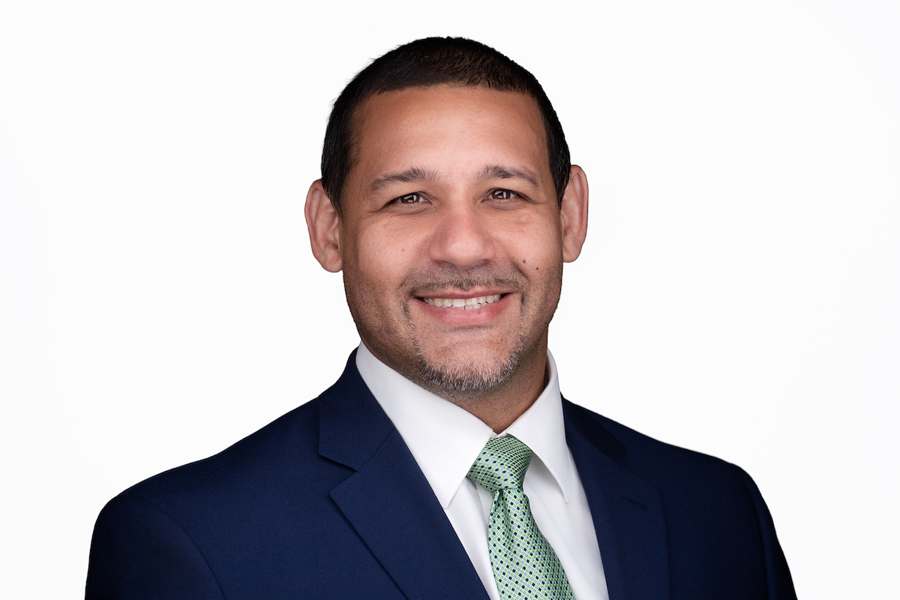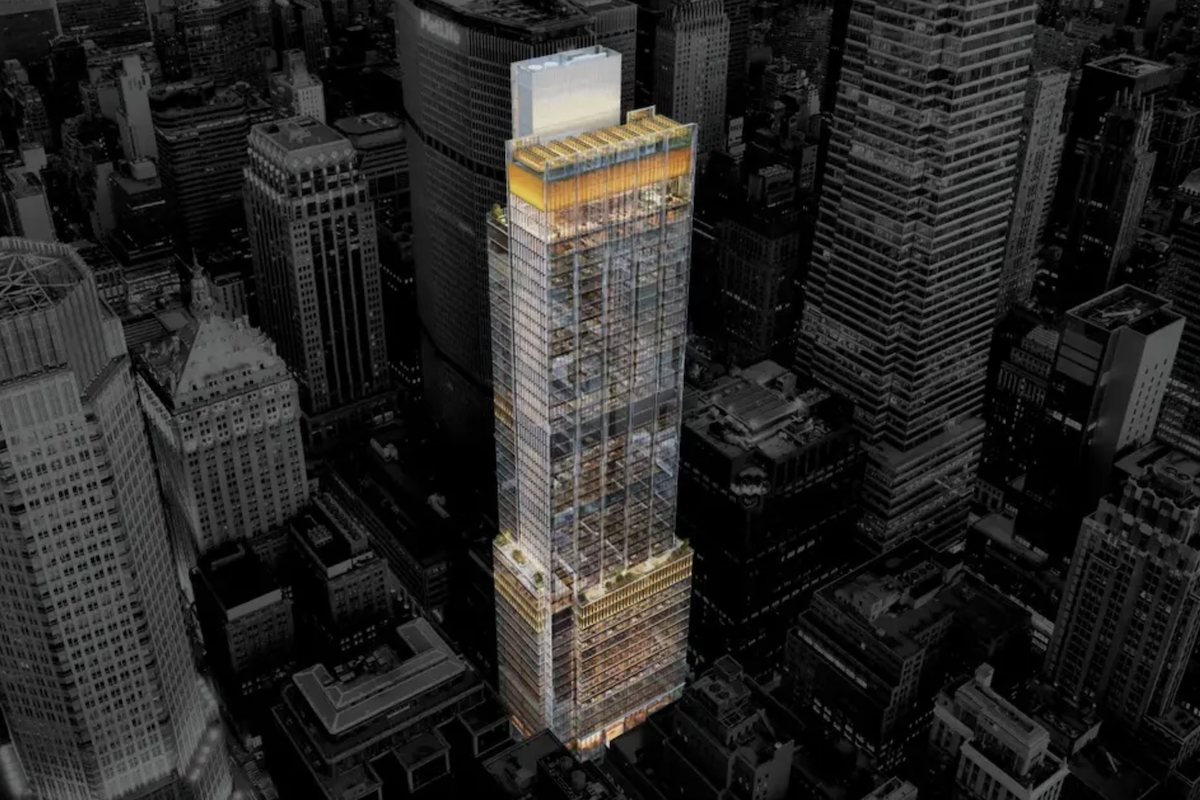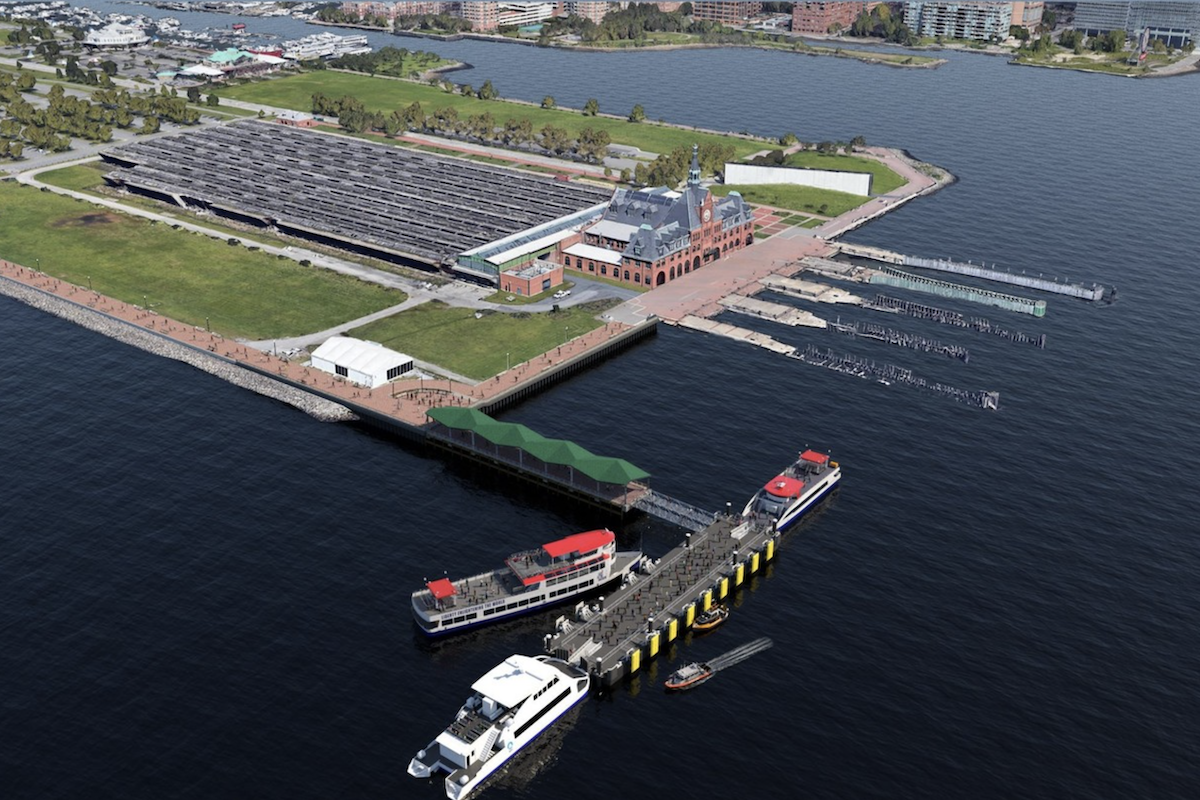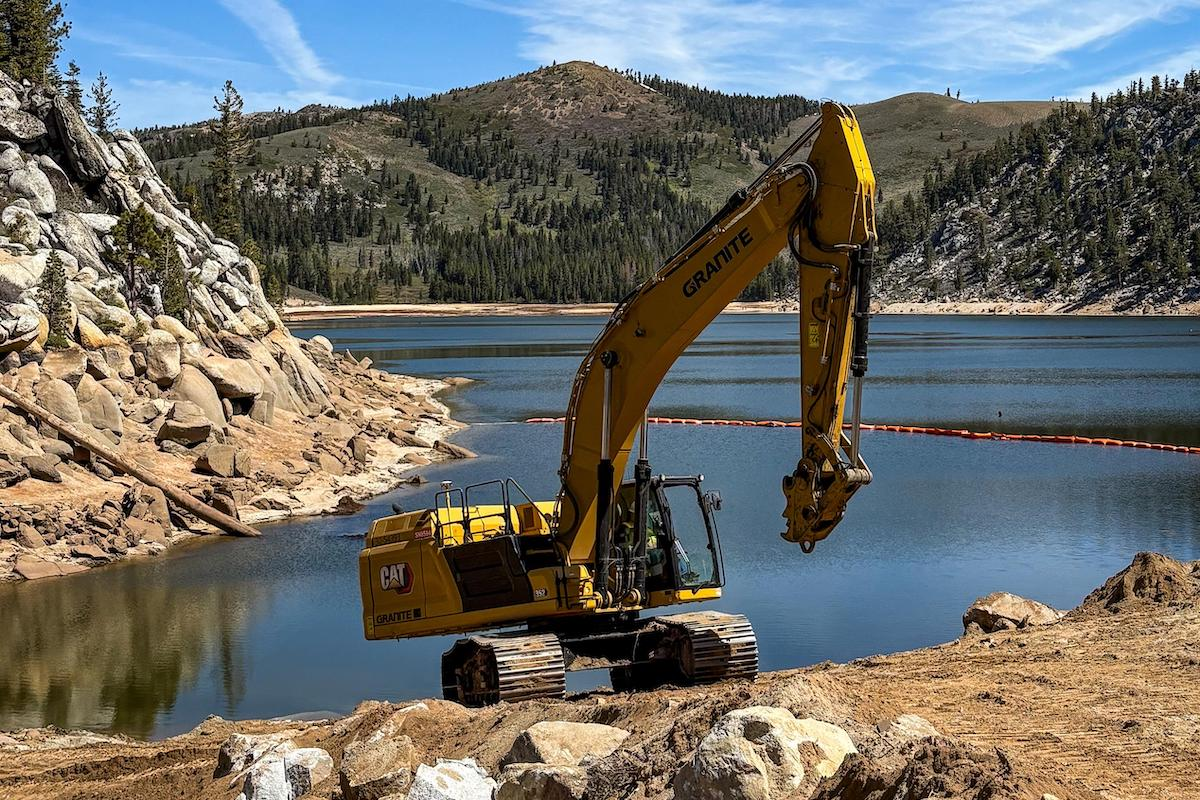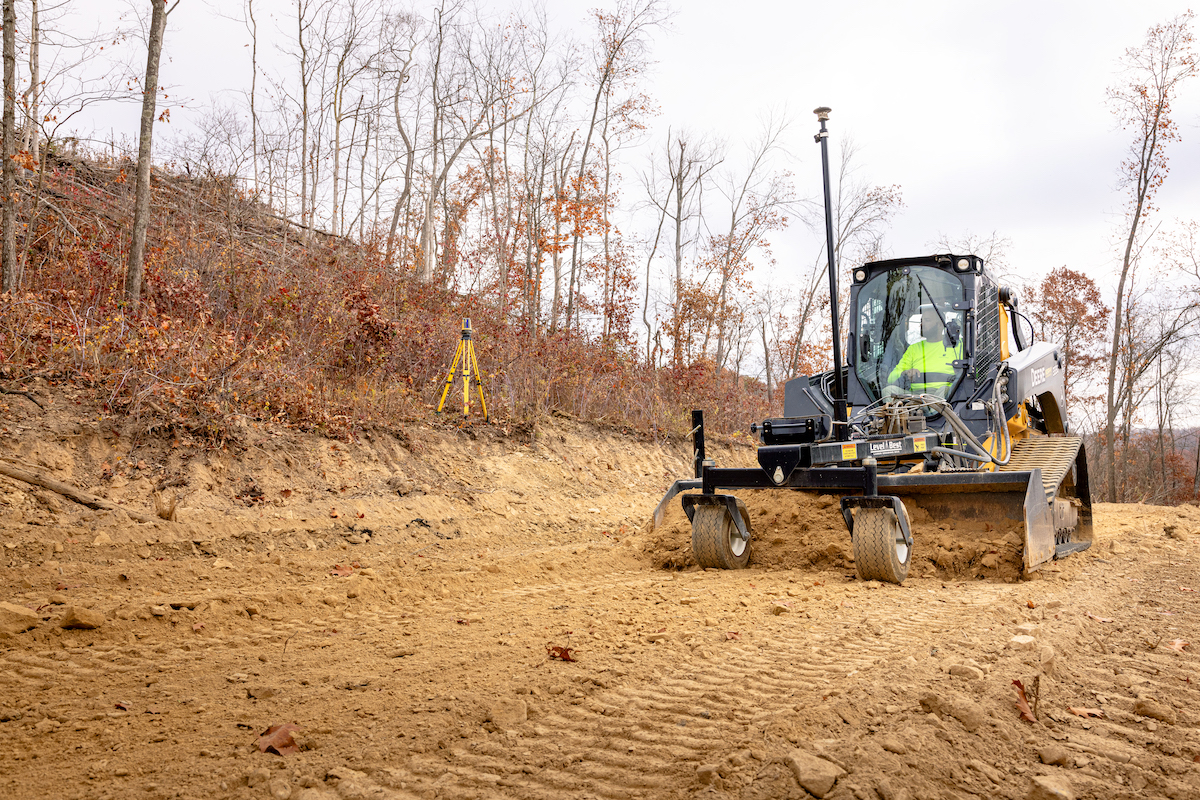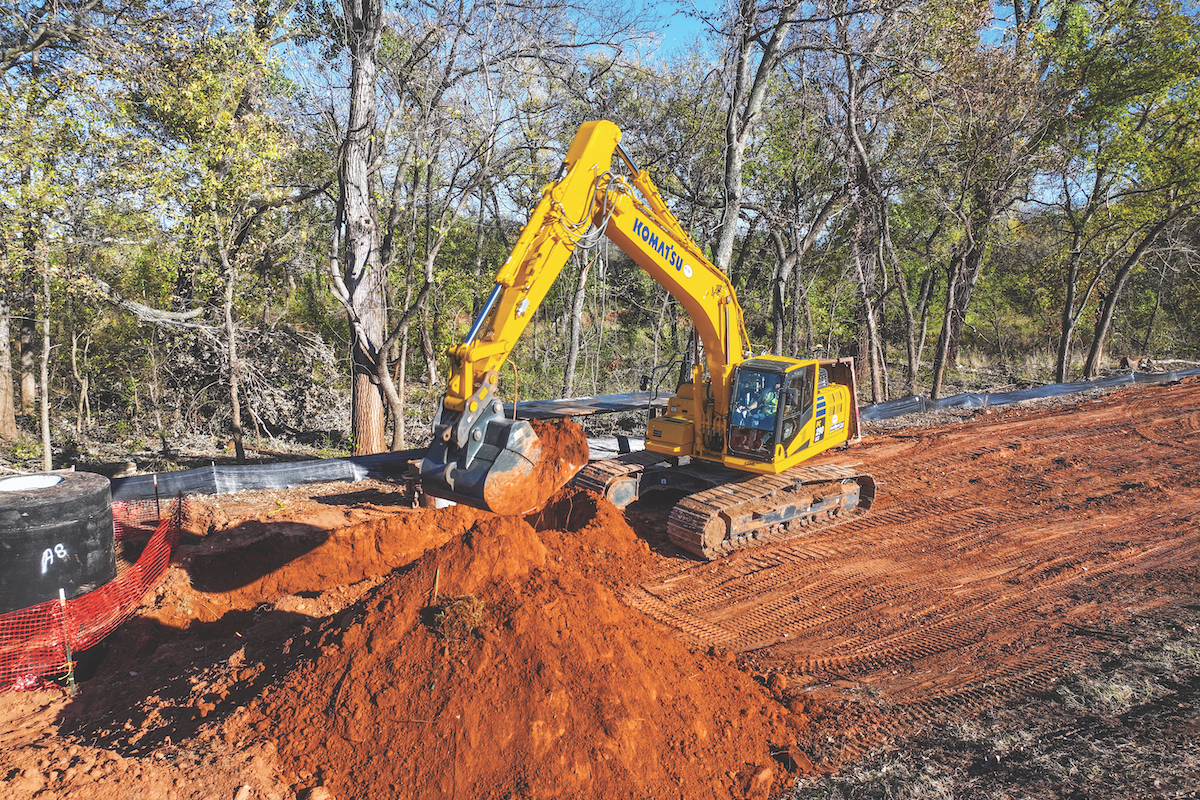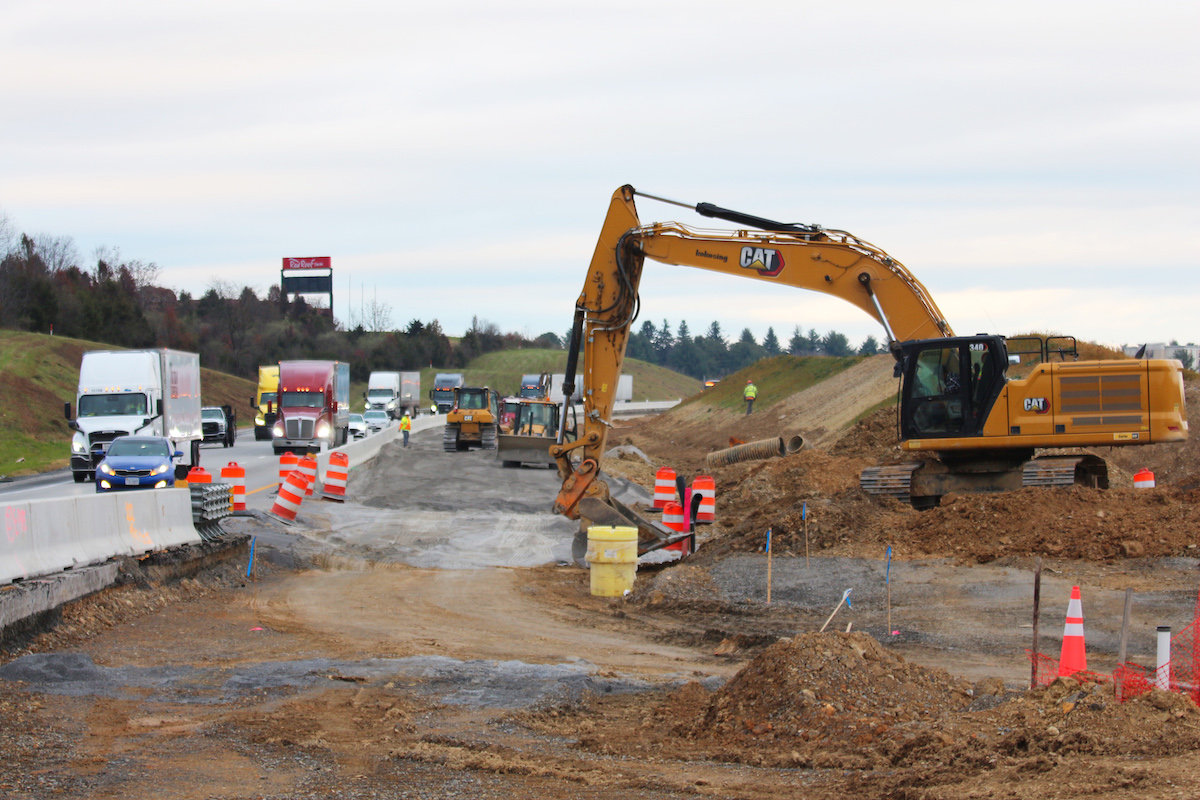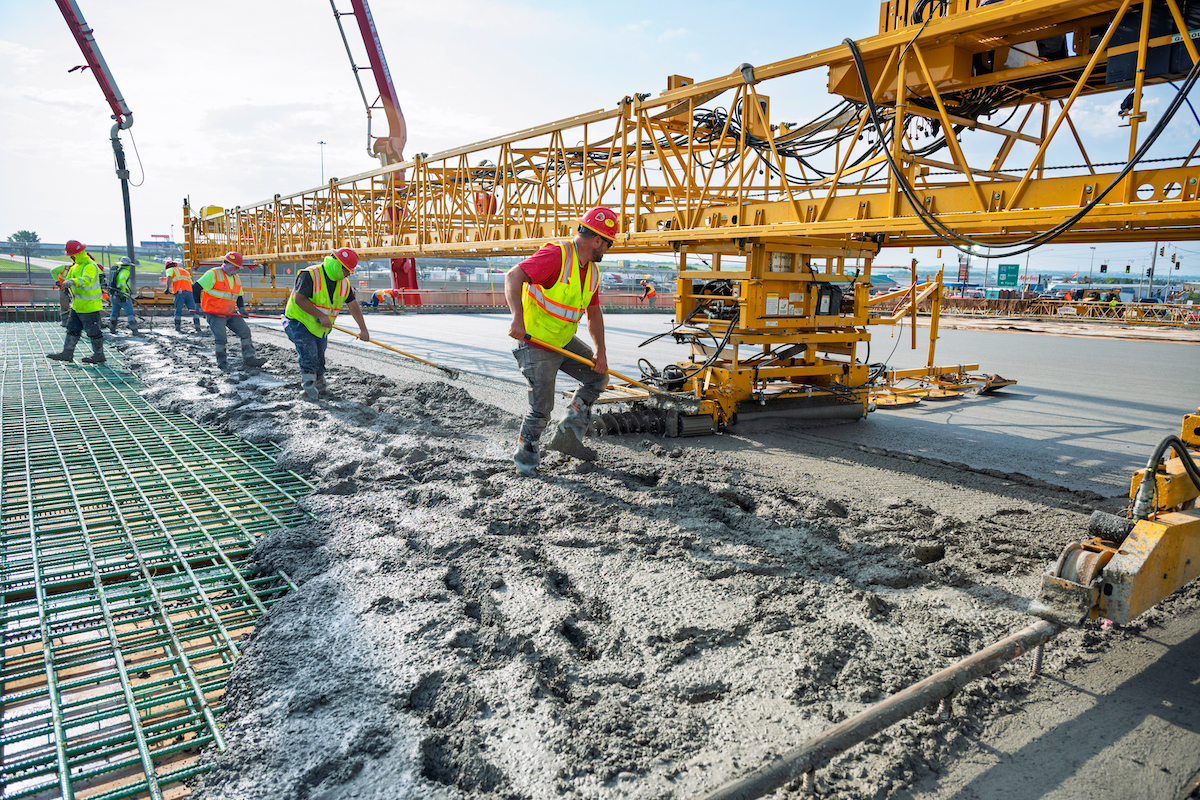Brian Gerig of IMI shared, “IMI is honored to partner with the BCA in recognizing these remarkable construction projects in northeast Indiana. These projects are a testament to the power of collaboration, where contractors, architects, engineers, and suppliers come together to ensure successful outcomes for owners. It truly reflects the shared commitment to build better together.”
Awards were given in five categories: specialty, under $1 million, $1 million to $5 million, $5 million to $12 million, and over $12 million. A panel of industry professionals evaluated projects based on a weighted scale for uniqueness, significance/impact to the community, job safety record, and BCA member involvement. The following projects took first place in each of the respective categories.
The bridge provides access from downtown Fort Wayne to areas North of the St. Mary’s River and facilitates 24,700 vehicles daily. It is a continuous composite steel beam bridge with four spans at 70, 84, 84, and 70 feet. The structural deck was replaced, and additional widening was completed to accommodate pedestrians and the Fort Wayne Trails System.
The architectural and design aspects of the structure were carefully planned for Fort Wayne’s Veteran Community. A memorial circle was added to the southwest corner of the project, providing a space for Fort Wayne residents to pay homage to the sacrifices made by the veterans in their community. The construction took approximately 18 months to complete at a cost of $5.5 million.
Several conditions made the completion of this project challenging. The proximity of Superior Street to the bridge, the minimum height constraints of the railroad bridge just south of the structure, and the need to maintain the lowest structure elevation for the 100-year flood elevation all made it hard to transition from Superior Street to the final bridge deck elevation. However, this was overcome by extending the approach at a lower grade than the previous bridge deck.

| Your local Trimble Construction Division dealer |
|---|
| SITECH Allegheny |
| SITECH Northeast |
The structure had to remain in operation at all times. This was achieved by completing the reconstruction phases to keep traffic moving continuously. The construction of the memorial arches required large mills to shape the steel components, and installation was difficult due to their size and shape. After six night closures, the arches were erected, and the lighting was installed.
Several unique materials were used outside of standard specifications for this project. The concrete utilized E5 Internal Cure and Liquid Fly-Ash, reducing the overall fresh water and cement content. Phase I incorporated fibers in the concrete to create nucleation sites for self-healing. Both destructive testing and maturity sensors were used to validate and track new curing rates for the type of cement used. The maturity sensor indicated required strength three days before destructive testing, providing critical data as Fort Wayne and INDOT move forward using sensor technology to validate proper cure and allowing for faster-paced construction.
Hartford City Public Library worked with MKM to create an inviting neighborhood entrance to the east side of the building, which leads to the children’s area. A previous addition was done in the 1980s, which increased square footage and accessibility with an elevator, but structural and aesthetic issues were prohibitive. To ensure the addition looked cohesive, the project team worked to match the original brickwork, honoring the established structure. The new entrance connects to the adjacent park and a large play structure.
During construction, the project team successfully overcame challenges. Windows and new mechanical units were delayed six to twelve months. The team also coordinated the relocation of many overhead power/utility lines.
Renovations were also made to the existing interiors to create a refreshed look. A decommissioned circulation desk was refinished at the main west side entrance, and a new top was added, restoring it to its former charm. The desk was then relocated to its original place near the main entrance. A new reading lounge was added to allow patrons to relax or gather.
This project took an existing building, constructed circa 1927, located in a food desert on the southeast side of Fort Wayne and turned it into a full-service grocery store. The market was built through a partnership between the City of Fort Wayne and Parkview Health. It sells fresh produce, dairy items, bread, canned and packaged items, frozen foods, take-and-bake meals, and sandwiches. It also carries toiletries and other necessities. The neighborhood had long identified a vital need for nutritious food options. Now stocked full to fulfill the grocery needs of the surrounding community, the store also accepts WIC and SNAP federal support for low-income families.
A unique challenge to this project was an exterior mural added to the building a few years before the project was planned. The owner wanted to keep the existing mural, so Hagerman’s masonry team performed masonry restoration on the exterior of the entire existing building, limiting the number of mural bricks they restored to maintain the artist’s work. The mural was sealed once the addition was built and is now on the interior wall in a portion of the grocery store.
Another unique challenge during construction was the removal of existing slabs due to eight inches of organics under the concrete, resulting in concrete cracking and caving in across two-thirds of the existing building. Hagerman removed all the affected concrete and soil and installed a new aggregate below where the new concrete was poured. An existing basement, which was filled with concrete flowable fill, was underneath one-third of the building’s footprint.
The market's official opening in November also brought 29 jobs to the community; 20 positions were filled when the market opened. Plans are in the works to also add on-site educational initiatives, including classes on making healthy food choices. Its neighbors can now visit a grocery store within walking distance of their homes, something no one in the community ever thought possible.
At the heart of the new headquarters is the seamless integration of Michael Kinder & Son's design-build expertise with affiliate companies Allied Commercial, a commercial real estate business, and Innovate, a full-service commercial furniture company. This unique approach positions MKS as a go-to source for a total turnkey solution, providing clients with unparalleled convenience under one roof.
The procurement timeframe required a change from a metal deck to a precast hollow core slab. This solution saved cost and time and added a unique interior element. The timeline was pivoted to account for the concrete shortage and to take care of clients’ projects first. With the cement shortage in late 2022, concrete slabs were not poured until winter 2023, over three months later than planned. Portions of the project were resequenced so work could continue.
Fire lines were coordinated by installing an acoustic integrated lighting system and acoustic panels. Custom staggered curtain wall detail is emulated in the boardroom's cast-in-place concrete feature wall to highlight their self-perform craftsmanship. The facade includes utility-sized brick corbeling to highlight design capabilities while drawing attention from pre-engineered metal buildings as a cost-effective solution. Diverse lighting detail is throughout the building, starting with decorative square fixtures in the lobby and linear lighting integrated into acoustic geometric patterns in the ceiling. Drop lenses are in the custom wall in the cafe; black alzak trims are mounted under the natural wood ceilings, and recessed wall wash lights are utilized in the hallway lighting. Conference and meeting rooms have architectural troffers, decorative pendants, grid fixtures, and suspended fixtures.
The completion of Michael Kinder & Sons' new headquarters marks a significant milestone for the 132-year-old company, highlighting its commitment to innovation and client satisfaction with a dedicated team of over 150 employees. The company thrives on pushing boundaries, led by 4th- generation owners Bill Kinder and Doug Kinder.
As the anchor tenant to the vibrant, revitalized Electric Works campus in downtown Fort Wayne, Indiana, the new Do it Best Corp. global headquarters had to be more than just an office building. It had to spark a spirit and promote Do it Best's mission to improve the best. Do it Best chose Building 26 of the sprawling campus to transform into its new home, and the substantial yet neglected industrial building awoke a daring creativity in the design team.
To create a headquarters fitting of a diverse company driven to innovate through collaboration, work began to design an imaginative showcase workplace to accommodate 550 staff members in a variety of modern office concepts while celebrating the historical features of the building. The design team, challenged to provide all necessary design services, including acoustical analysis, audio/visual integration, furniture planning, and lighting design, sought to establish dedicated spaces for varied operational functions throughout the building.
A collaboration mezzanine was created for team members to grow, and work cafes were included on each floor to recharge. An event space and a board room with a local flair welcome the community, while centers for media production, information technology, printing and mailing, data, and visual display allow the work to get done and be done well.
The design kept all structural components raw and unpainted to honor the building's history. Several custom displays featuring the history of Do it Best, including history tools, a wall dedicated to retirees, a map on the boardroom ceiling featuring the original and current headquarter locations, and word walls were created to highlight the organization's culture. The new Do it Best Corporation global headquarters, born within the lively Electric Works district of innovation, energy, and culture, delivers on the company's promise to, indeed, do it best.
- Auburn City Steakhouse: Submitted by MKM architecture + design and Michael Kinder & Sons
- CTB, Inc. Conference Center: Submitted by The Hagerman Group and Viridian Architectural Design
- Foellinger Foundation: Submitted by MKM architecture + design, Michael Kinder & Sons, and Primary Engineering
- Fort Financial Credit Union West Branch: Submitted by Design Collaborative and The Hagerman Group
- Kuehnert Dairy Milk House: Submitted by FCI Construction and Vintage Archonics
- Mercer Health Marion Campus: Submitted by MKM architecture + design and Weigand Construction
- Parkview Southwest: Submitted by Weigand Construction
- Project Gateway Fort Wayne Airport West Terminal: Submitted by Michael Kinder & Sons
- The Riverfront at Promenade Park: Submitted by F.A. Wilhelm Construction
- Warsaw Parks & Recreation Maintenance Building: Submitted by Design Collaborative









